Physiological and metabolic phenotyping
TSE labmaster
EchoMRI-700
Thermostatic chamber
Infrared FLIR E60 camera
Mice running wheels
Calorimetric bomb
Cobas C111
Arterial Pressure
TSE labmaster: room D02.2154a
The LabMaster allows for the simultaneous study of 12 rats or 16 mice.
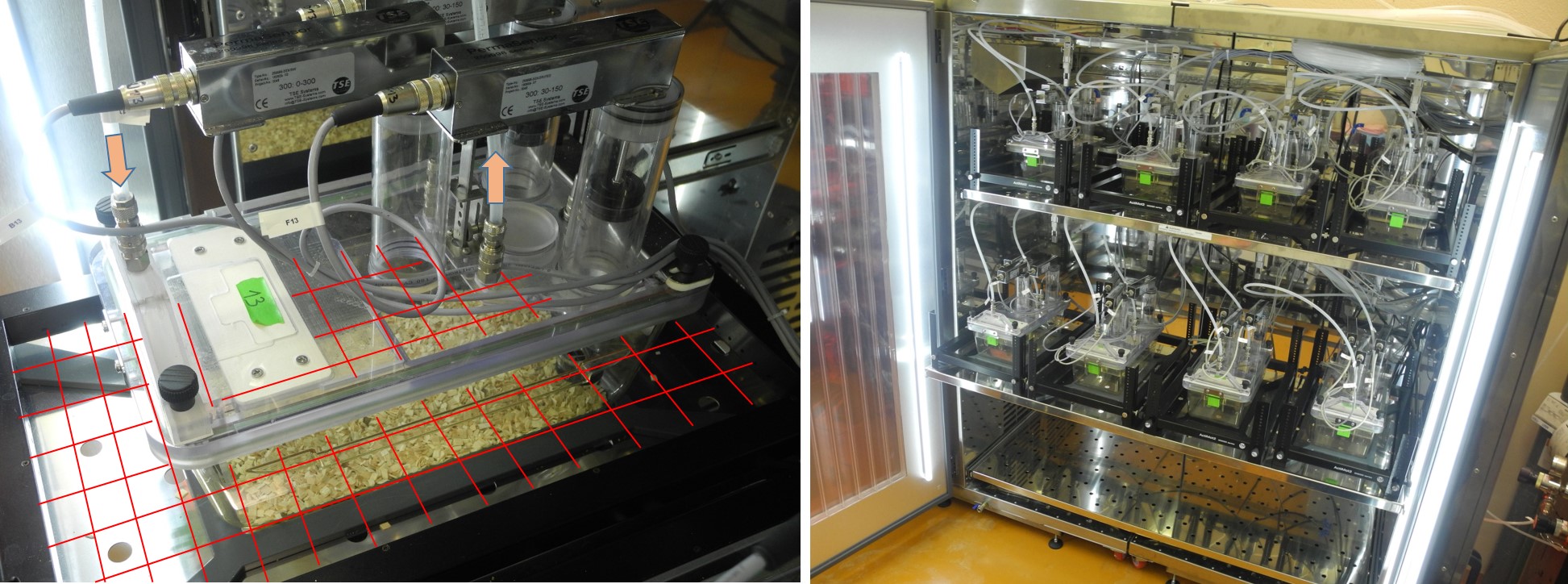
It provides the following data:
- Calorimetric parameters (O2 consumption, CO2 production, respiratory exchange ratio (RER), energy expenditure)
- Food and water intake
- Locomotor activity (fine and ambulatory movements)
- Body weight
PROCEDURE
The experiment takes place over one week. The user brings the animals on Monday morning. Learning of water intake is performed from Monday to Tuesday. Habituation to LabMaster cages takes place from Tuesday to Wednesday. Experimental data are collected from Wednesday to Friday. On Friday, animals are returned to the user who must measure body composition by EchoMRI.
RESULT ANALYSIS
The results are first analyzed by the Core facility to ensure that the parameters obtained are correct.
Interpretation of the results, detection of outsiders, statistical analysis (ANCOVA), graphical representations and help with the writing of authorizations for animal experimentation using the LabMaster can be very exceptionally provided. For more information, contact Prof. Roberto Coppari
TO BRING
Animals and their food
RESERVATION
Contact Dr. Franck Bontems to determine the experiment schedule (availability, persons in charge of the practical aspects).
Rules for using Labmaster
• Labmaster can be booked for one or more weeks (on a Wednesday to Wednesday period) depending on availability;
• Users are charged full price at time of booking;
• Cancellation policy: If users cancel 2 weeks before the experiment starts, they will be refunded.
• In case there is someone else interested in booking Labmaster at times it has already been booked, this person should notify the facility and he/she will be contacted as soon as the Labmaster is available (in case of cancellation).
• Wednesday morning: users bring their mice (Maximum 16 mice);
• Users should inform the facility about the following:
1) Number of mice and groups (Control, KO, male, female, special food, special drink, etc.);
2) Number of animals cages brought at the beginning of experiment;
3) Users should inform the facility is they plan to interact during the Labmaster experiment (Food restriction, injection, food changes, body weight control, etc.);
4) What is the temperature of the experiment (6°C to 35°C)?
5) Would you like to test a food or drink preference?
ANIMAL HEALTH STATUS
The use of animals outside the CMU needs to be approved by the veterinary service of the Faculty of Medicine. A recent certificate of the Health status for the last 18 month period needs to be sent to the veterinary service (), before any animal can be imported.
This needs to be done much ahead of time, when the project is designed, in order to be able to check whether it is feasible to import the animals (some animals may be refused because of incompatible health status).
A quarantine period of several weeks may be necessary before the Core Facility can be used, depending on the originating facility.
Any animal with health problems (injury, infection, abnormal behavior) will be excluded from the Labmaster to prevent potential problems for other users
Advice:
To get the most reliable and statistically interesting results, it’s advisable to have 2 groups:
It has never yet happened to have significantly different results with more than 4 different groups of animals (n=4 animals per group)
- 4 groups with n=4 is the limit to obtain a satisfactory result (but it will generally be necessary to reproduce the experiment)
- Even in reproducing the experiment, n=3 animals per group, is the extreme limit for carrying out an experiment.
Below 3 animals per group in each phenotype (n=2 or n=1, even by reproducing the experiment several times) the results will be disappointing and not reproducible.
It will be not possible to perform a correct analysis.
- 8 animals per group. (9 animals per group to prevent one outlier).
- animals with similar body weight (variation <15%)
- experiments characterizing movement (close to behavior) such as:
voluntary running wheel
movement inside cage
are to be carried out with n=6 minimum (therefore only 2 groups or 3 groups maximum)
Physical test apperatus
Drug screening (evaluation of the effects of potentially toxic products, drugs or vaccines), neuromuscular diseases, Parkinson's disease, Huntington's disease, study on aging or during brain injury
Endurance, effort resistance ...
Grip test.
Grip test assesses neuromuscular function in rodents
This test is often dependent on the operator, so it is carried out by a platform person.
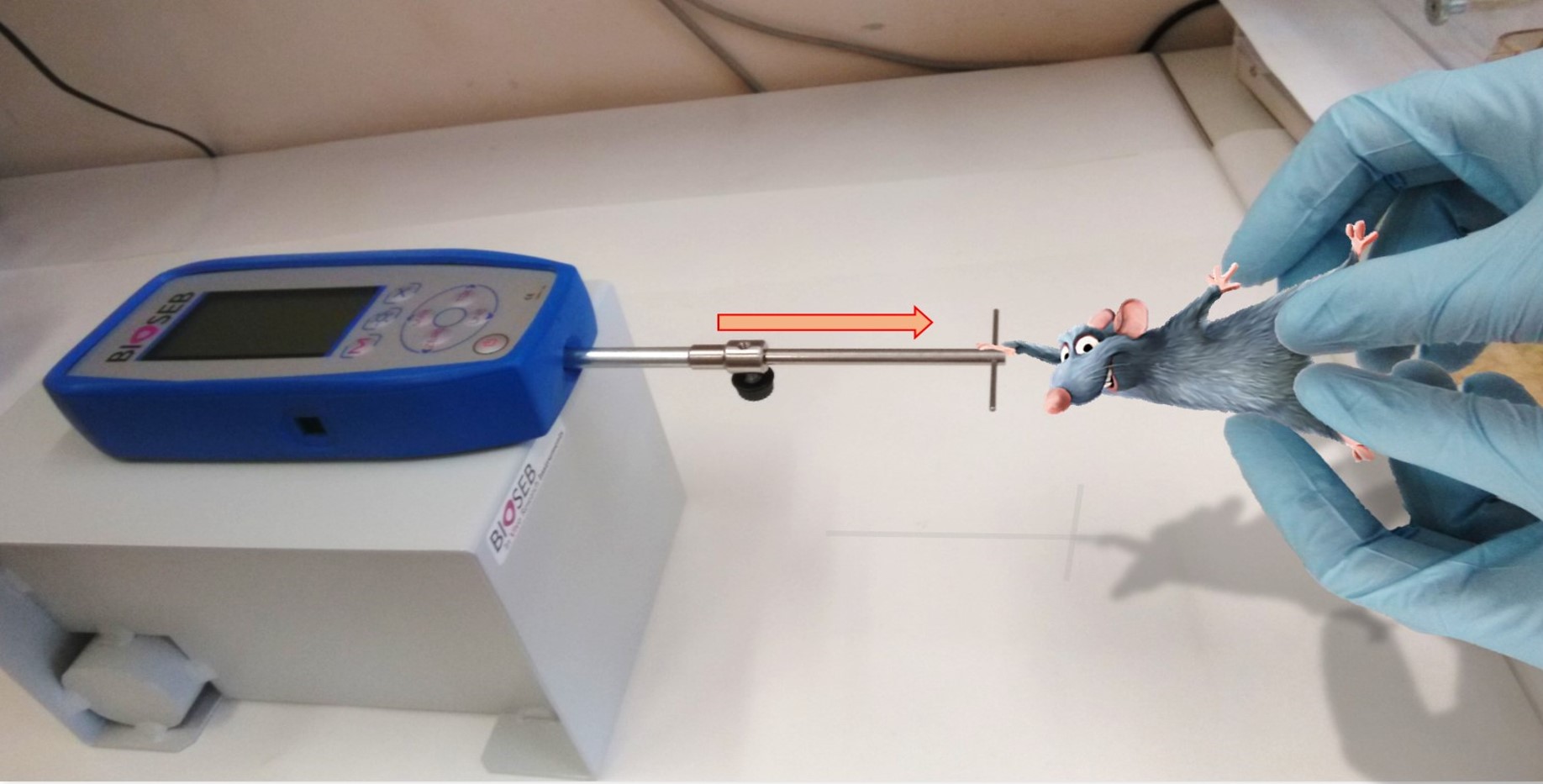
Rotarod.
Performance test to quantify the animal's ability to stand on a horizontal rotating rod.
Measures hold time and/or endurance and/or coordination.
This test is often dependent on the operator, so it is carried out by a platform person.
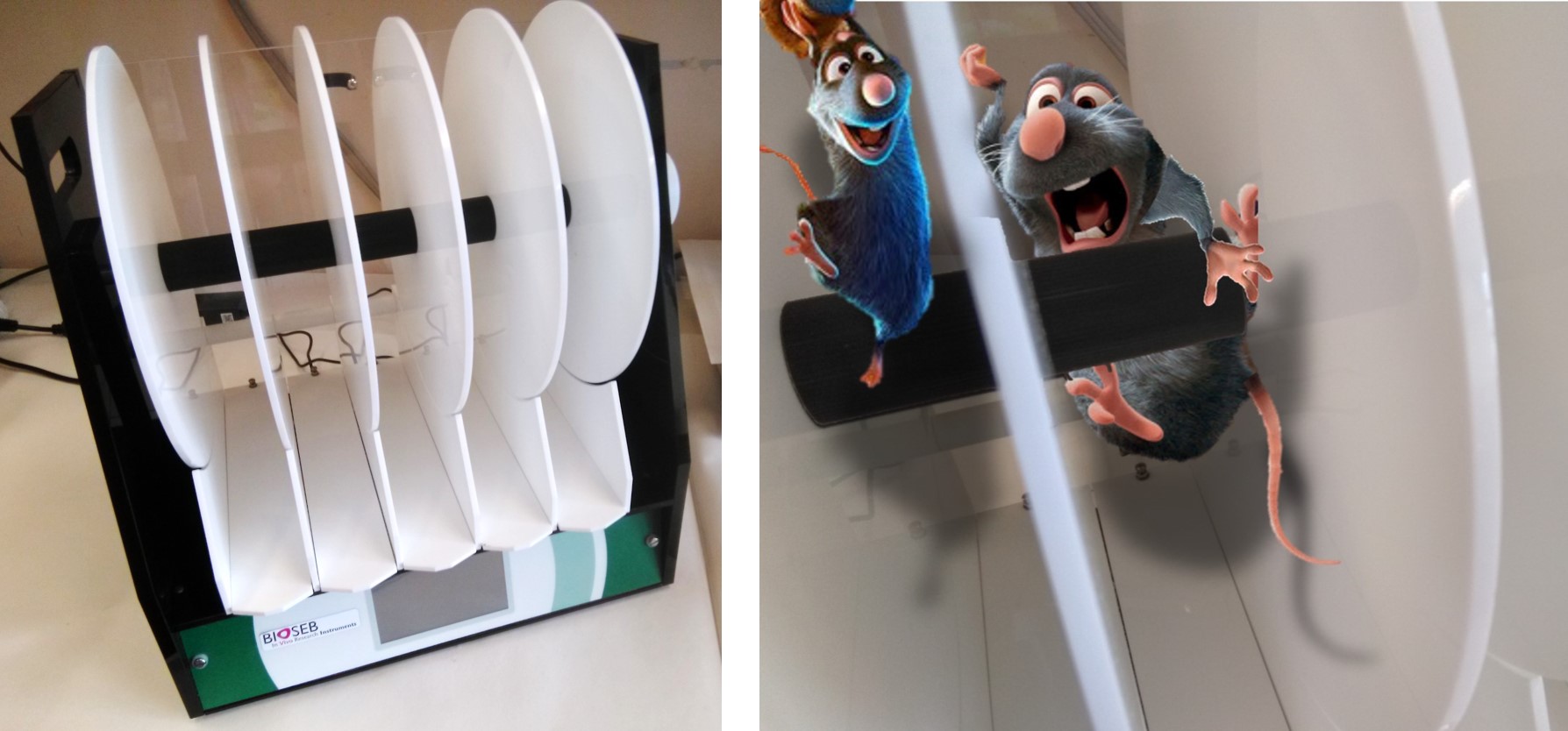
2 types of Calorimétric Treadmills.
1) Calorimétric Treadmills
These 4 Treadmills are Labmaster connected to get Calorimetric parameters during exercice as part of experiments to study metabolism or muscle properties.
3 phases are necessary :
- Day 1 Habituation 5 min 0m/sec inclination 0°
5 min 0m/sec inclination 10°
5 min 0.15 m/sec inclination 10°
- Day 2 Habituation 5 min 0m/sec inclination 0°
5 min 0m/sec inclination 10°
5 min 0.15 m/sec inclination 10°
- Day 3 recording 5 min 0m/sec inclination 0°
5 min 0m/sec inclination 10°
5 min 0.08 m/sec inclination 10°
5 min 0.15 m/sec inclination 10°
5 min 0.20 m/sec inclination 10°
5 min 0.25 m/sec inclination 10°
...
a new protocol seems to be less stressful for animals:
Graded Maximal Exercise Testing to Assess Mouse Cardio-Metabolic PhenotypesJennifer M. Petrosino (2016).
The new protocol is described in 4 phases:
- Day 1: Habituation
3 min 0m / sec inclination 0 °
5 min 0.1m / sec inclination 0 °
2 min 0.15m / sec inclination 0 °
2 min 0.2 m / sec inclination 0 °
- Day 2: Habituation
3 min 0m / sec inclination 0 °
5 min 0.1m / sec inclination 0 °
2 min 0.15m / sec inclination 0 °
2 min 0.2 m / sec inclination 0 °
- Day 3: Habituation
3 min 0m / sec inclination 0 °
5 min 0.1m / sec inclination 0 °
2 min 0.15m / sec inclination 0 °
2 min 0.2 m / sec inclination 0 °
- Day 4: Registration
3 min 0m / sec inclination 0 °
2 min 0.1m / sec inclination 0 °
2 min 0.15m / sec inclination 5 °
2 min 0.2 m / sec inclination 10 °
2 min 0.25 m / sec inclination 15 °
1 min 0.3 m / sec inclination 15 °
1 min 0.35 m / sec inclination 15 °
1 min 0.383 m / sec inclination 15 °
1 min 0.40 m / sec inclination 15 °
...
This new exercise protocol is being used more and more because it is closer to human tests.
-With a duration greater than 6 min
-But especially, a duration generally less than 12 min, compared to the previous protocol which can last up to 45 min.
A gradual increase in concomitant speed with an increase in inclination to provide more reproducible data on performance and thus reduce the number of animals.
Link :
2) Open Treadmills.
These Treadmills are connected to computer, to get parameters and data during exercice without calorimetry.
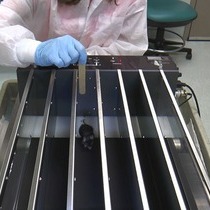
Movie link : Assessment of Murine Exercise Endurance Without the Use of a Shock Grid: An Alternative to Forced Exercise
EchoMRI-700 ; Phone 022 379 52 48 ; room C051741a
Measurements of body composition in rats and mice.
Determination of fat mass, lean mass, free fluids (urine) and total water.
Measurements take 1 to 2 minutes in rats and 2 to 3 minutes in mice, without sedation or anesthesia.
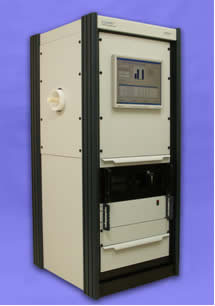
Link :
Thermostatic chamber ; room D02.1953a
The thermostatic chamber can house maximum 32 mouse cages (21x32 cm), 24 cages with filter (20X40cm), 16 small rat cages (43x30cm) or 8 large rat cages (34x56cm).
To ensure the proper climatic chamber functioning, the maximum number of cages must be respected.
Maximum number of animal per cage must be respected.
The temperature can be varied from 0° to 60°C. Humidity can also be modified (55% at ± 15%).
Finally, light cycle can be set (minimum interval of 30 minutes).
For additionnal materiel (mouse cages, food...) ask, minimum 1 week before your experiment
as for Labmaster, Cancellation policy: If users cancel 2 weeks before the experiment starts, they will be refunded.
RESERVATION (3 months maximum)
Contact Dr. Franck Bontems
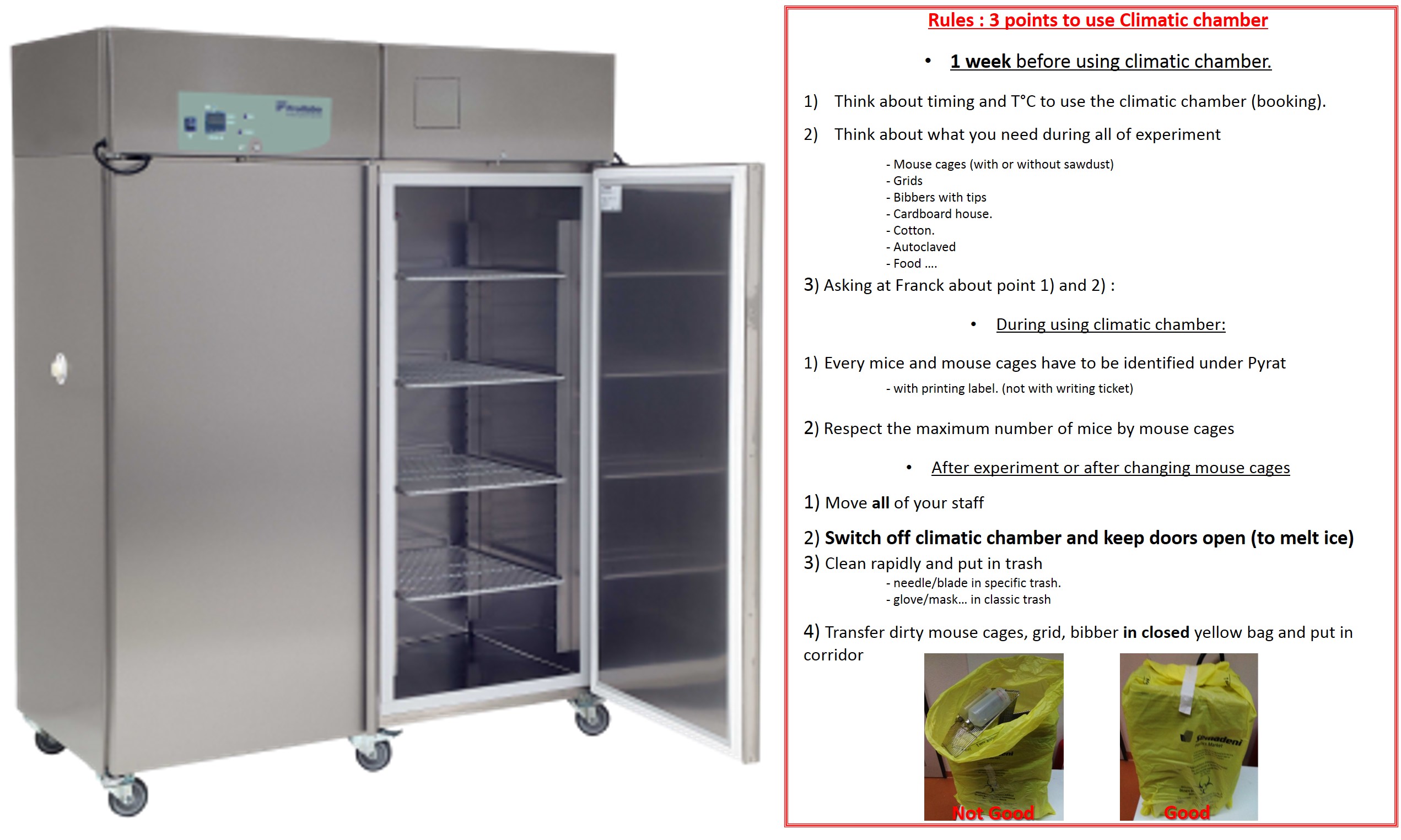 Link :
Link :
Infrared FLIR E60 camera ; room D05.1550a
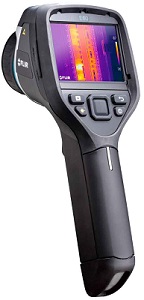
Characteristics :
Infrared camera measuring the surface temperature of animals.
Detection range: -20 to 650 °C
Detection level: 320 x 240 pixels
Camera with lamp and laser: 3.1 MP video, LED lamp and laser pointer
Digital zoom: 4x in continuous.
Examples of use:
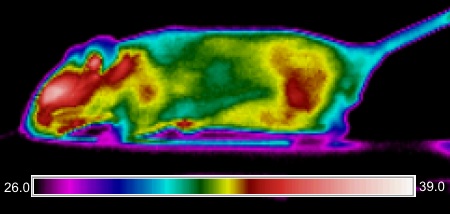
Link :
Mice running wheels ; corridor D02.2052a
These home cage wheels (5.1x14cm with 10.15cm of diameter) need a top grid to be installed. Wheel revolutions are monitored by a software for PC via wires going out of the cages and a USB interface. A total of 24 wheels can be monitored simultaneously. PC provided.
RESERVATION
Contact Dr. Franck Bontems
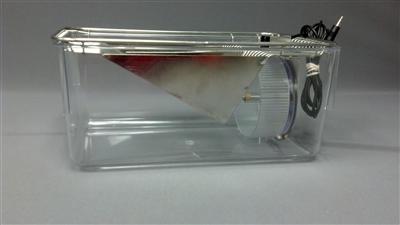
Link :
http://www.colinst.com/brief.php?id=47
Bomb Calorimetry Phone 022 379 52 48 ; room C05.1741a
The Calorimetric bomb is used to determine the Calorimetric energy of a sample.
Samples usually tested are feces or food from animal’s laboratory. If the quantities of food intake and feces produced are recorded, it is possible to calculate the energy absorption.
Digesible Energy (cal) = (Food intake Masse (g) X Food Caloric. Content (cal/g)) – (Feces Masse (g) X Feces Caloric Content (cal/g))
Note: Other types of samples can be analyzed to determine their energy value (tissue ...) contact coordinator
Samples recommendations
For a measurement, a minimum of 0.25 g dried and fine powder of feces is required
Price per measurement: CHF 16. - (triplicates: CHF 48.-)
RESERVATION
Contact Dr. Franck Bontems to determine the experiment (availability, person in charge of the practical aspects).

Cobas C111 ; Local C05.1741a Tél : 022 379 52 16
CobasC111 is intended for samples analysis (blood / serum / plasma / urine)
It allows to measured the main analysts in animals and/or humans (see table below).
RESERVATION
Contact Dr. Franck Bontems to determine the experiment (availability, person in charge of the practical aspects).
Important additional information
The COBAS is a device normally used for the analysis of human samples. Some analyzes use antibodies against human proteins; the results obtained cannot therefore be guaranteed for assays on samples from laboratory animals.
Dead volume : 50ul by sample
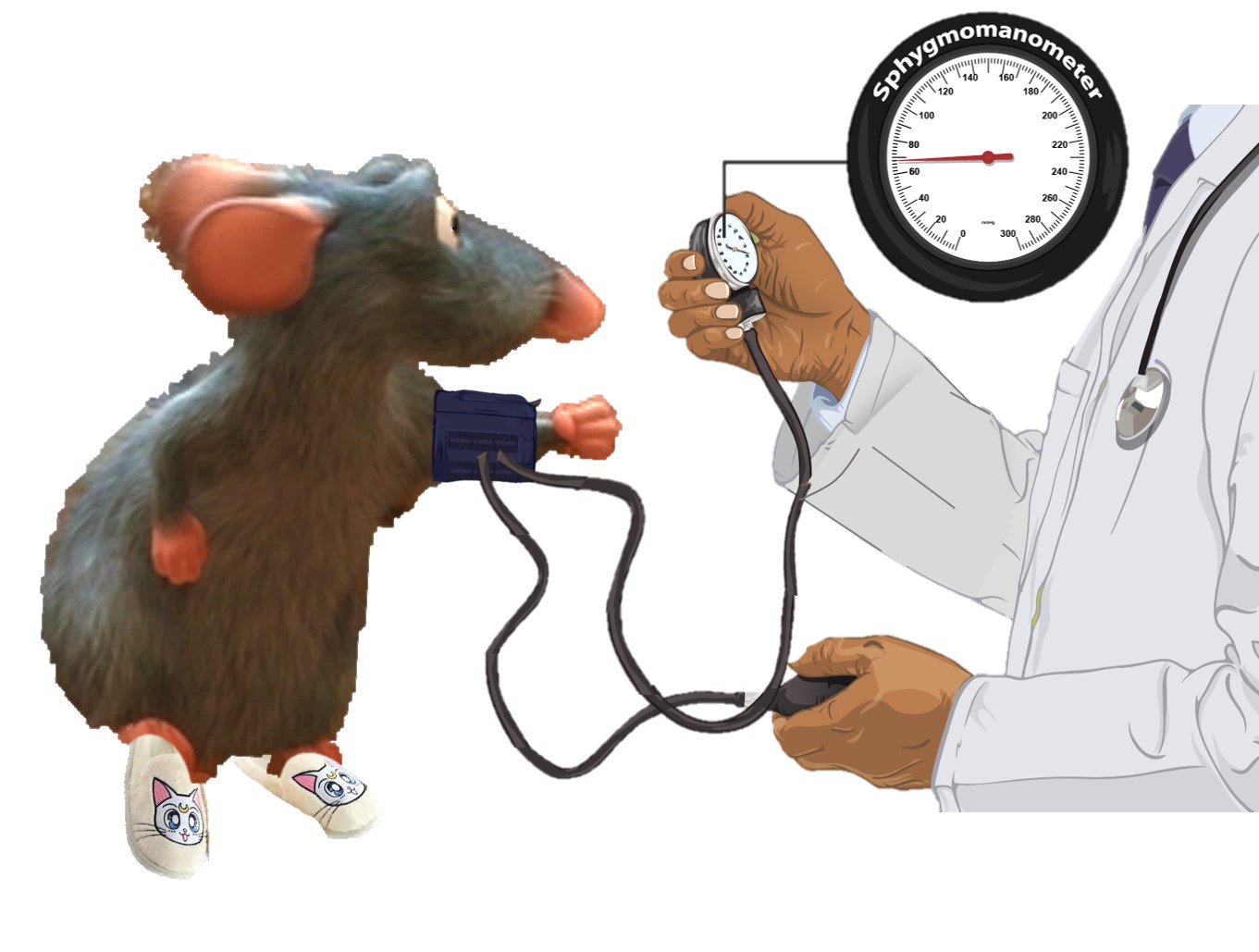
The CODA™ mouse rat tail-cuff system was designed to allow accurate blood pressure measurement in mice and rats. Blood pressure is measured in the tail of the mouse or rat using Volume Pressure Recording (VPR) sensor technology. The included software allows you to continuously view data in real-time.
The animals are habituated over a period of 3 to 4 days, followed by measurements over 4 to 5 days maximum. Groups of 8 mice are recommended (same age, same gender).
RESERVATION
Contact Dr. Christelle Veyrat-Durebex.
Metabolic cages ; corridor D02.2052a

12 metabolic cages are available and can be used during 24 hours to separate urine and feces from 12 animals simultaneously, allowing different types of measurements:
- Phenotyping.
- Calorimetric feces evaluation (calorimetric bomb).
- Volume / weight urine and feces excreted.
- Urinary protein excretion.
- Effects of drug therapies.
- Renal function studies.
RESERVATION
Contact Dr. Franck Bontems to determine the experiment schedule (availability, persons in charge of the practical aspects).

